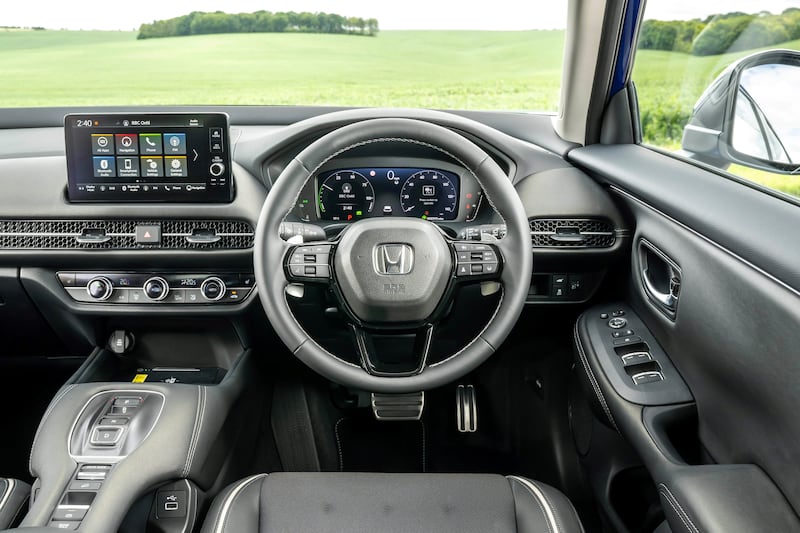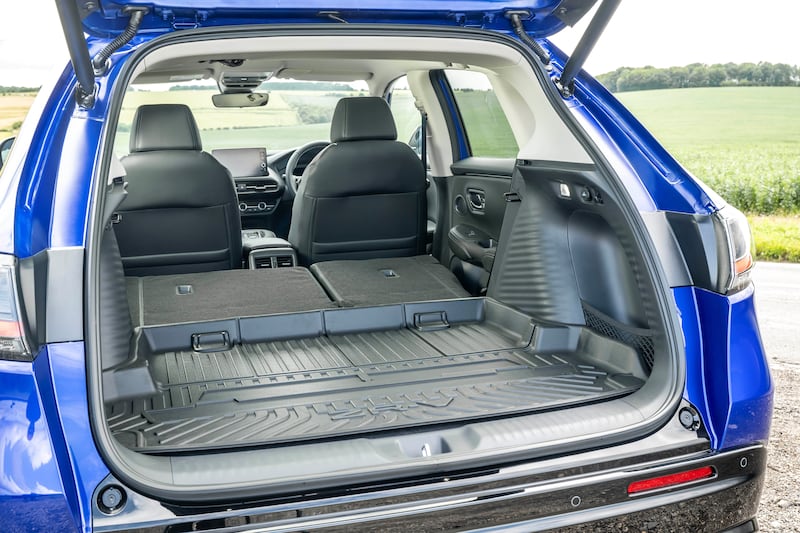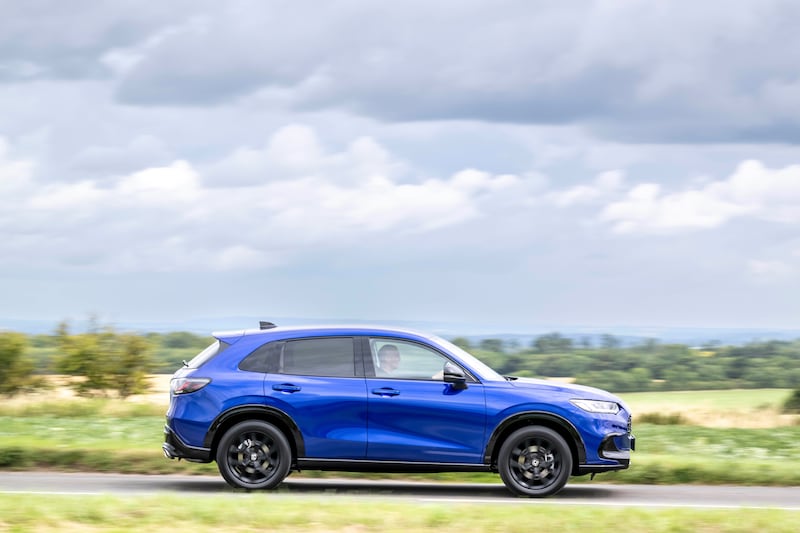I have to out myself, at this point, as a total Honda fanboy. Back when I was a teenager, Honda bestrode the automotive world like a colossus. It provided the screaming V10 and V12 engines that powered Alain Prost and Ayrton Senna to Formula 1 world titles. It made the gorgeous NSX supercar, the mid-engined rocket that showed to Ferrari and Porsche that fast cars didn’t need to be awkward to drive at low speeds.
Beyond even those peaks, the mountain range of Honda’s achievements was extensive. The Prelude and Accord in their various forms. The humble Civic hatchback being fitted with arguably the most technologically advanced engine ever granted to a family hatchback – the famed VTEC engines that went from fuel-sipper to ear-splitter with one shift of a camshaft lobe.
Since then, Honda has waxed and waned somewhat. I’m one of the few who rather liked the recent hybrid NSX supercar. Sure, it was nothing like as brilliant as the original, but it was fast, fun, and did things a little differently.
The dinky Honda E electric city car was a joy, too, even if it was too compromised by a short range.
Permits, test failures and waiting times: What do new rules mean for learner drivers?
Driving Japan’s comeback: Can its carmakers reignite a nation’s lost innovation?
Dacia Hipster an early bet for EU’s new small affordable car scheme
Giving stalling car industry a break on petrol-engine ban could be a mistake
[ Honda seeks to revive its fortunes with new all-electric crossoverOpens in new window ]
More recently, though, Honda seems to have retreated back into its shell. It seems to have focused far more on US sales – its most lucrative market since the 1970s – and put Europe on the back-burner. That’s an impression exacerbated in Ireland, partly because of big changes in the background at Universal Honda, the local importer, and partly because Honda just seemed disinterested in the small, awkward Irish market.
Of the models that were launched, the torturously named e:Ny1 electric crossover was a dud, way too short-ranged to be of much use, and pricey. The Civic and the CR-V are both excellent, but with the most Sir Humphrey-like understatement, ambitiously priced.
The ZR-V, though? If, with the Civic, you can detect the Honda engineers rolling up sleeves and getting to work on cars they love, with the ZR-V you can detect a touch of apparent disdain. As in: “Do we really have to make another mid-size SUV? Oh, all right then.”
I’m probably wrong. Honda’s engineers doubtless worked as hard on this car as on any other, but with the ZR-V, that effort just hasn’t shone through.
It is a car that aims right at the heart of the Irish car market. It’s a mid-size family SUV with a hybrid petrol engine, which should give it the building blocks to turn it into a wildly successful car. But it just never quite gels together.

The styling is rather anodyne and lacks distinction. The cabin is well put together, but it has a curiously 1990s sensation of overly curved surfaces and bulbous styling, which detracts from the quality.
Then there’s the tiny touchscreen with its labyrinthine menu layout, and the odd material on the seats that looks like the packing foam the seat came in. The seats themselves are comfortable, which is good, and the back seats are impressively roomy, which is also good, but then they’re let down by a poky 370-litre boot.
[ Test drive: the Peugeot E-3008 electric SUV-coupe is a long-range surpriseOpens in new window ]

It’s true that the back seats are Honda’s brilliant Magic Seats, which flip up like cinema seats to effectively turn the back row into a separate boot, but that’s not much use if you want to carry both luggage and passengers.
It’s all a bit disappointing for a car with a €54,000 starting price, especially when you consider that places it €10,000 more expensive than the popular (and roomier) Nissan Qashqai e-Power hybrid, and on a par with Toyota’s bigger, chunkier, plug-in hybrid Rav4 which – hands down – is one of the best all-round cars you can buy right now.
In the past, a Honda with such drawbacks would have been saved by a screaming, enthusiastic VTEC engine. But not here. The 2.0-litre hybrid petrol engine has its moments, in fairness. When you rev it, it responds with a throaty rasp that sounds quite enthusiastic, and performance is fine too.

Less good, though, is fuel economy. In our test, the ZR-V recorded a disappointing 6.5 litres per 100km overall – that’s about level-pegging with the Nissan, but the Toyota Rav4 PHEV averaged 5.3 litres per 100km over similar routes, and that was without plugging it in.
The handling seems to be good, but it’s hard to access any great level of enthusiasm thanks to steering that’s over-light and too distant from what the front wheels are up to. The ride at higher speeds is fine, but it becomes too bouncy and reactive at lower speeds, around town.
It’s not that the Honda ZR-V is an especially bad car, it’s more that it just doesn’t live up to the lofty standards that Honda – and Honda fans – set for the brand. Drive a new Civic and you’ll see what I mean. That is a car in which the engineering effort shines through. The ZR-V just feels like a car that was built to hit a marketing target, rather than a car that demonstrates Honda’s undoubted prowess.
The short version is this: Honda can do better.
Lowdown: Honda ZR-V Sport
Power 2-litre four-cylinder petrol engine with 135kW motor and a lithium-ion battery producing 184hp and combined torque of 315Nm and powering the front wheels via an e-CVT automatic transmission.
CO2 emissions (annual motor tax) 131g/km (€210).
Fuel consumption 5.8l/100km (WLTP)
0-100km/h 8.0secs
Price €57,595 as tested, ZR-V starts from €54,595
Our rating 2/5
Verdict A Honda that doesn’t live up to Honda’s own standards.














